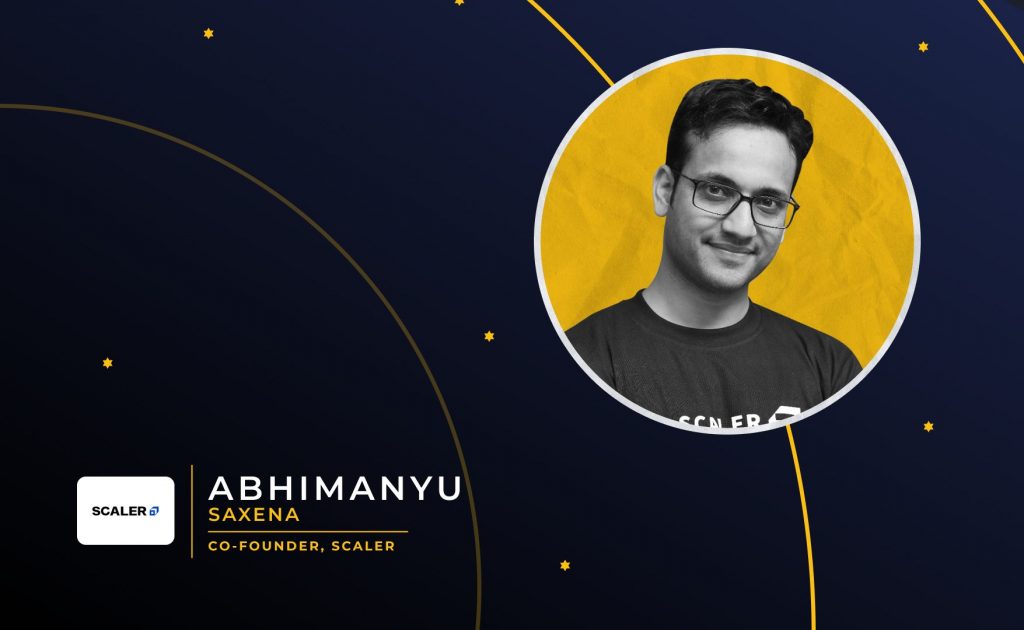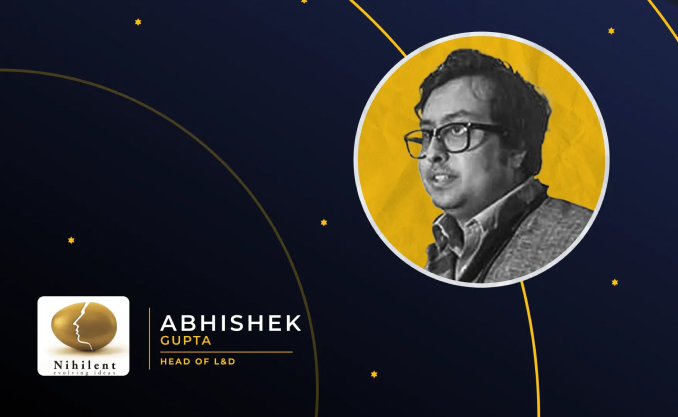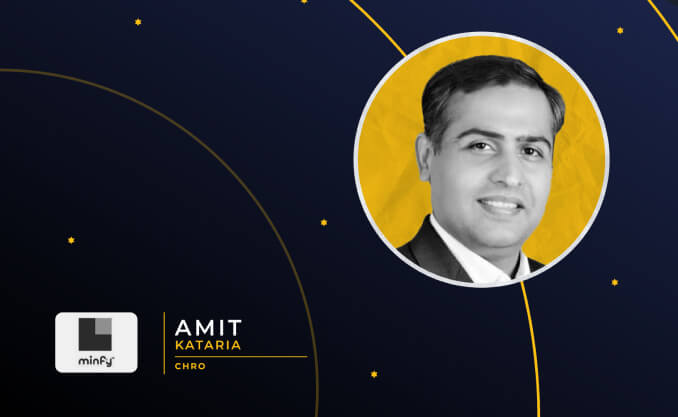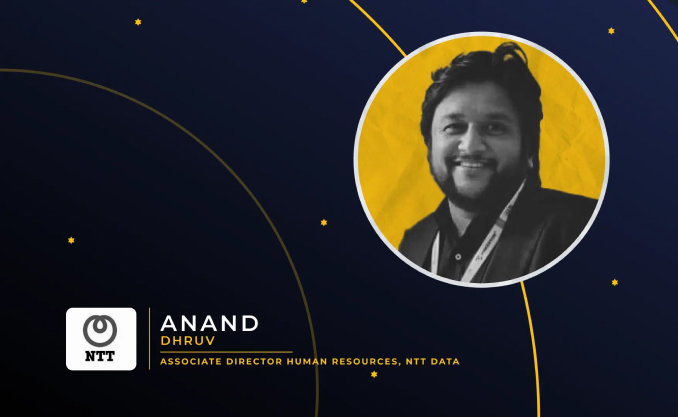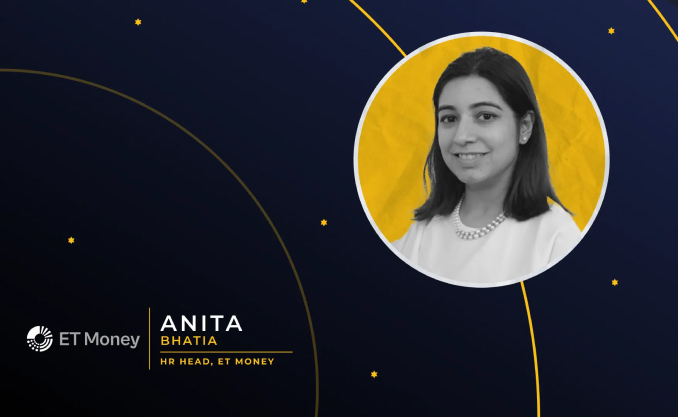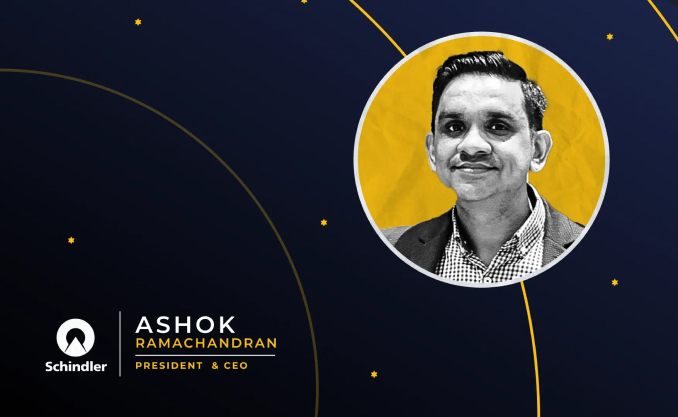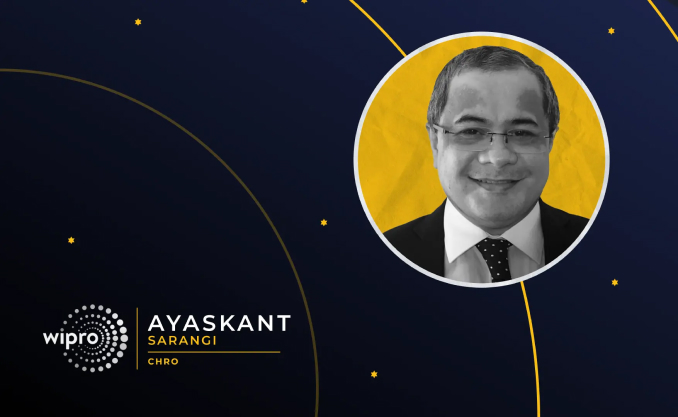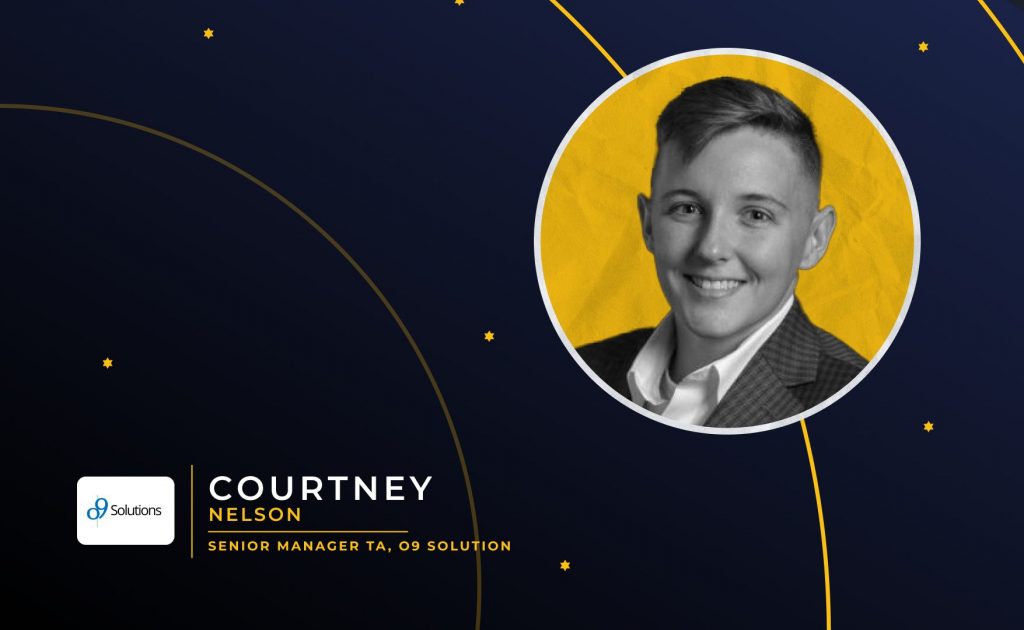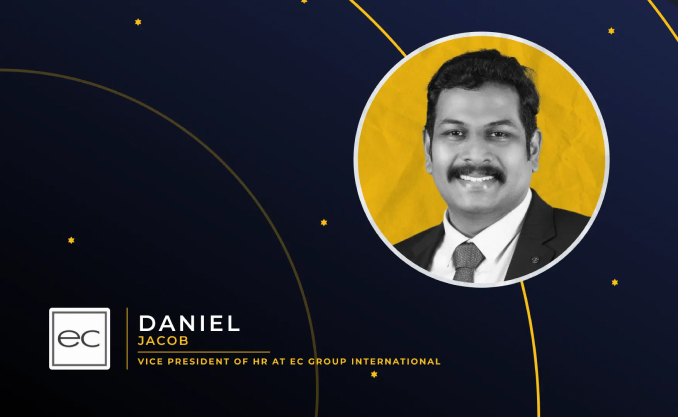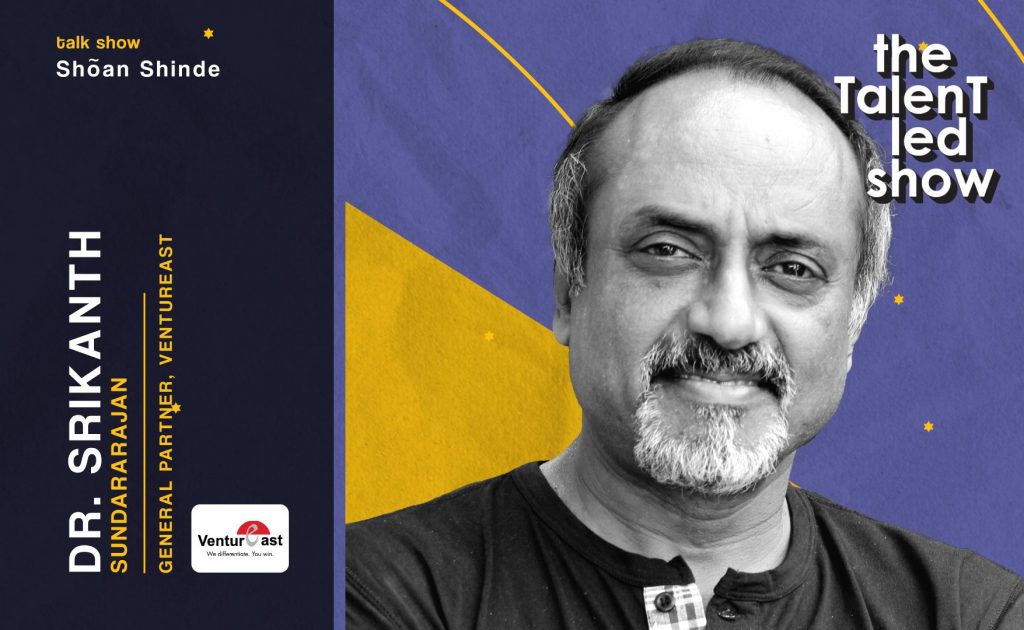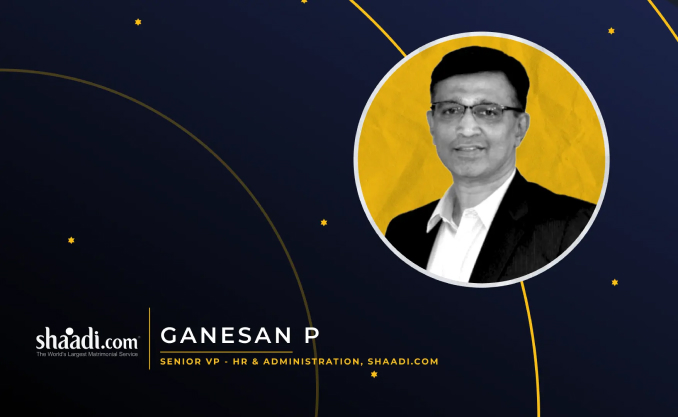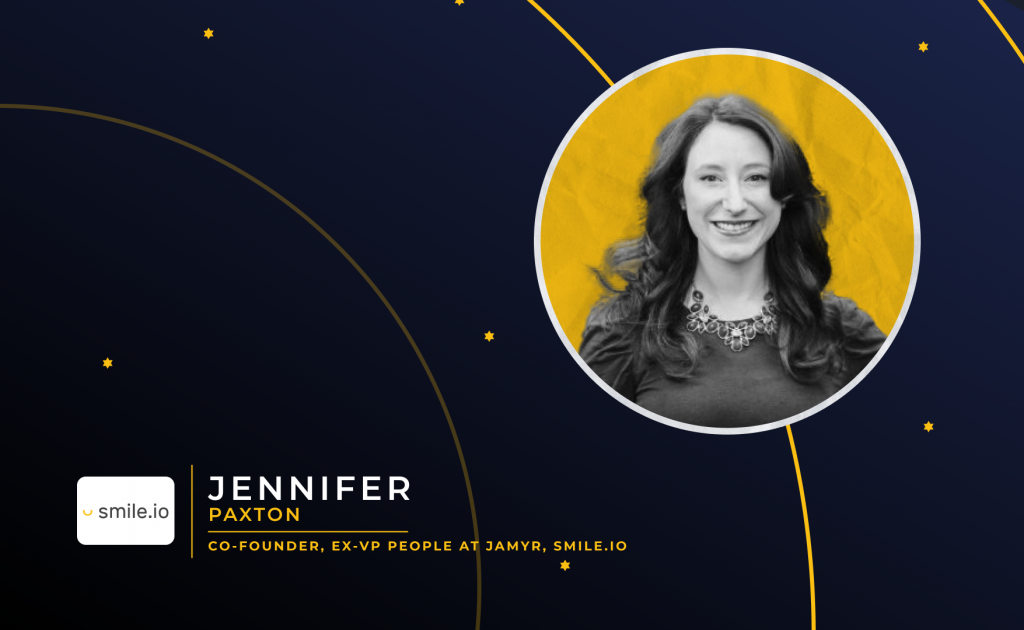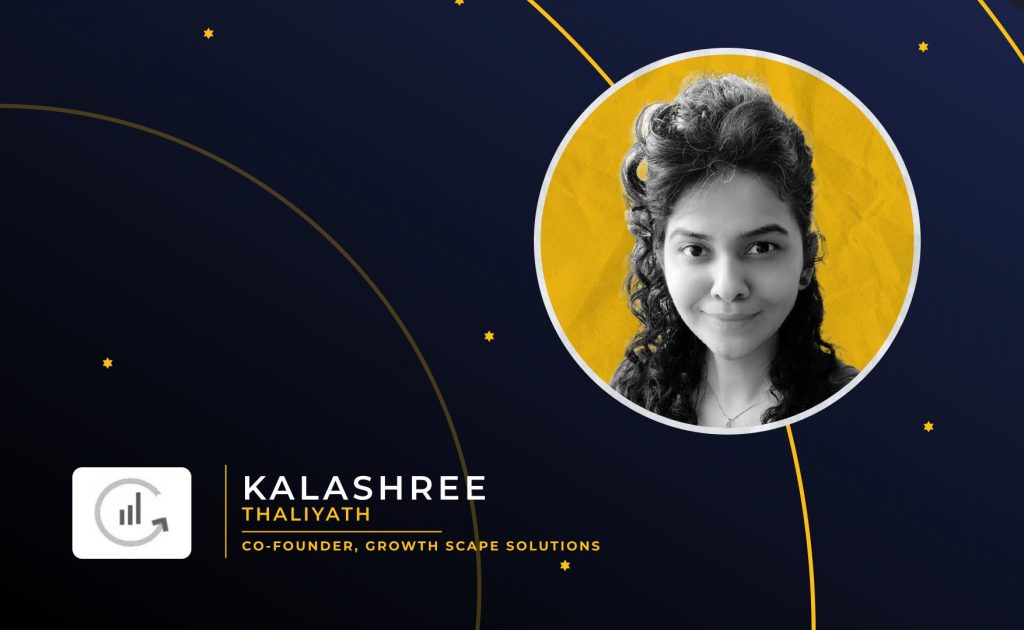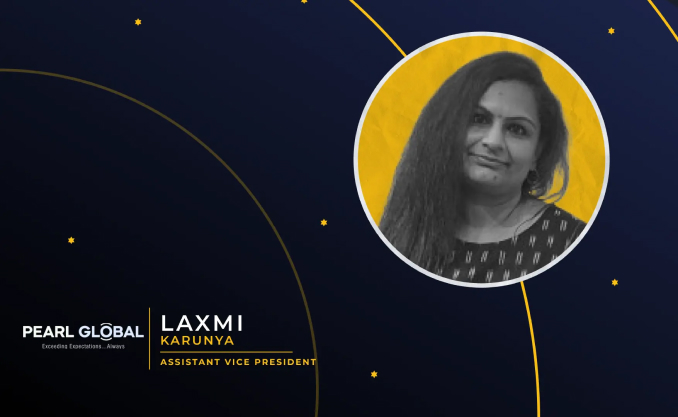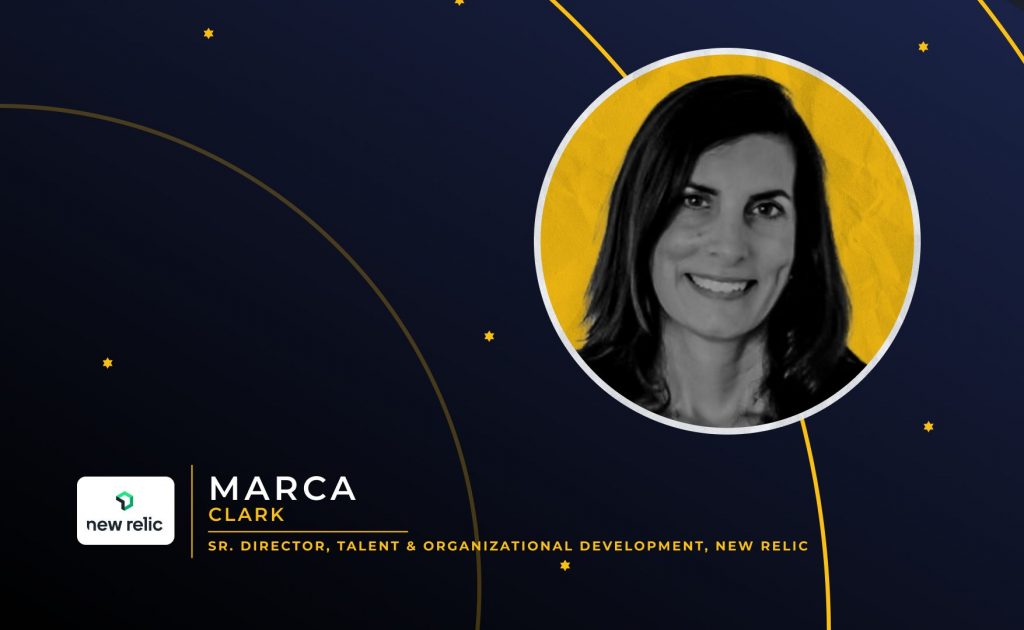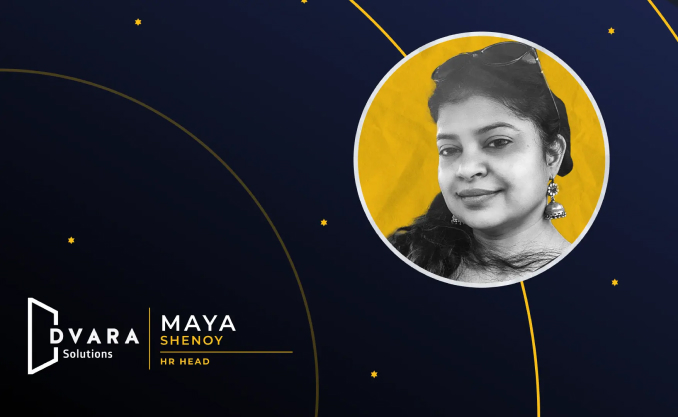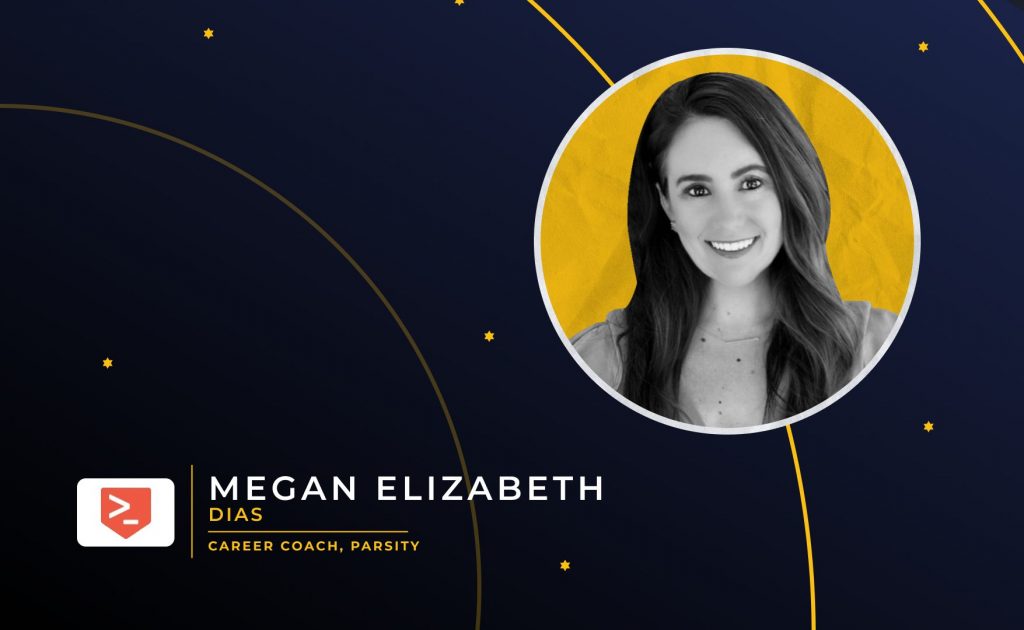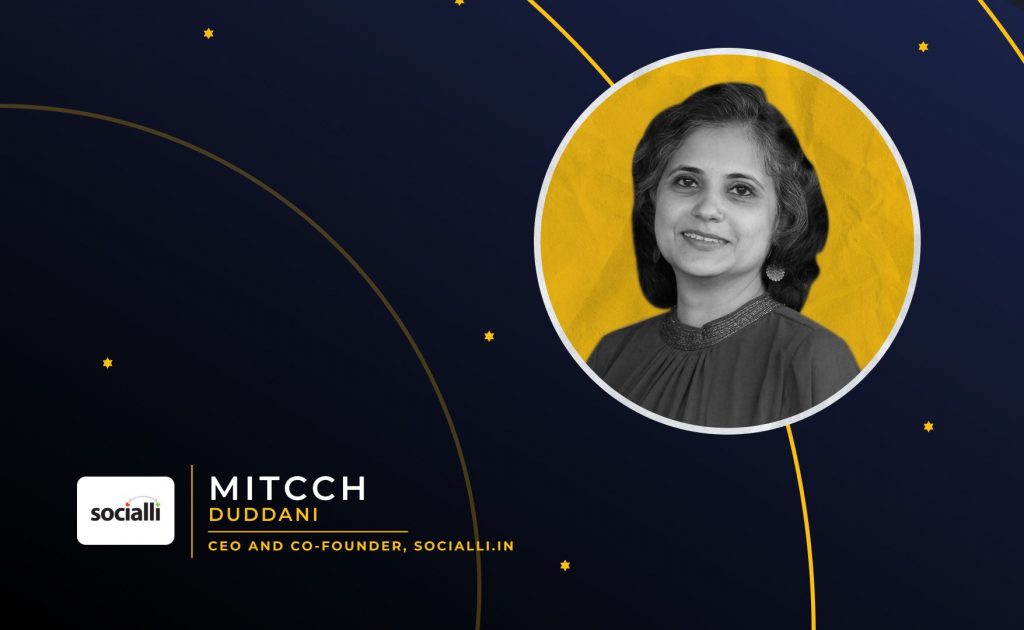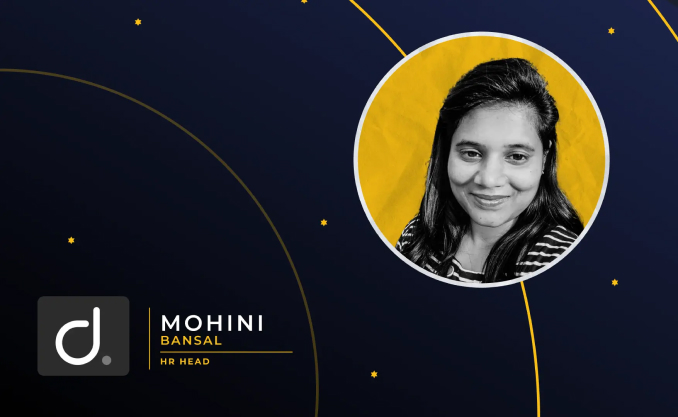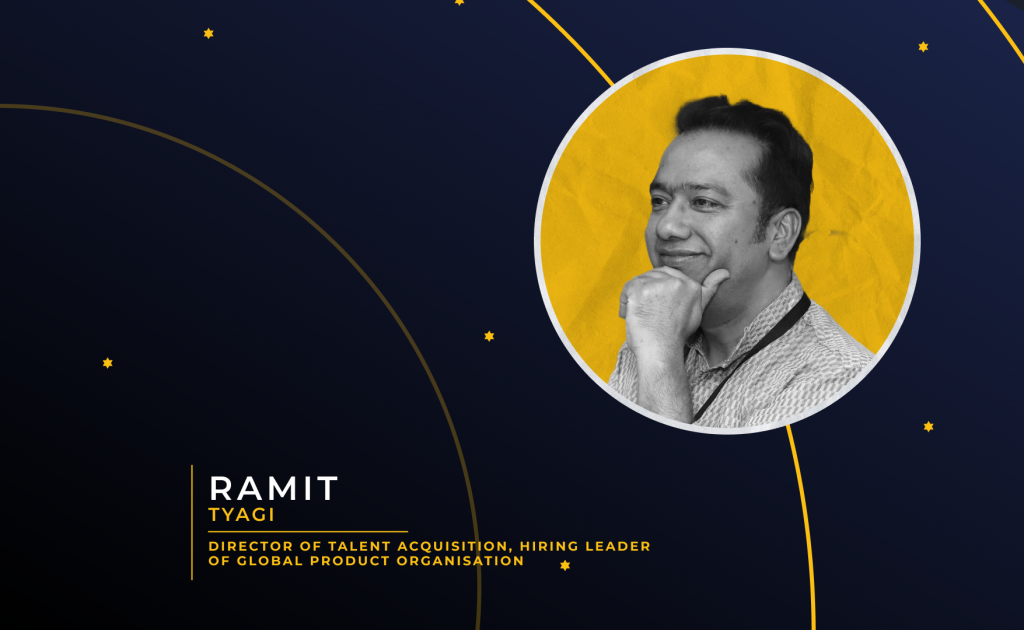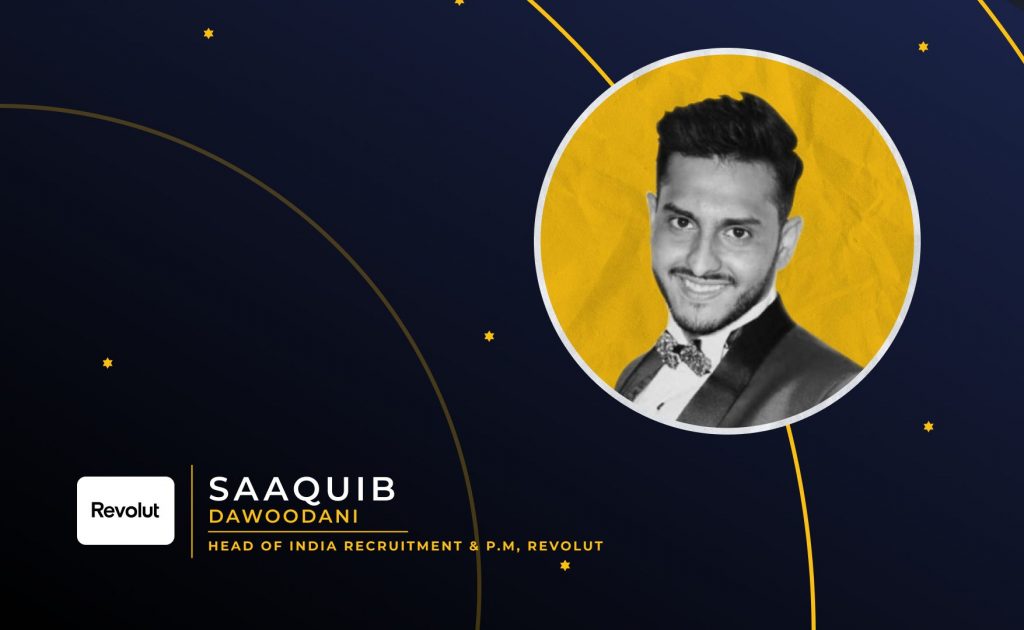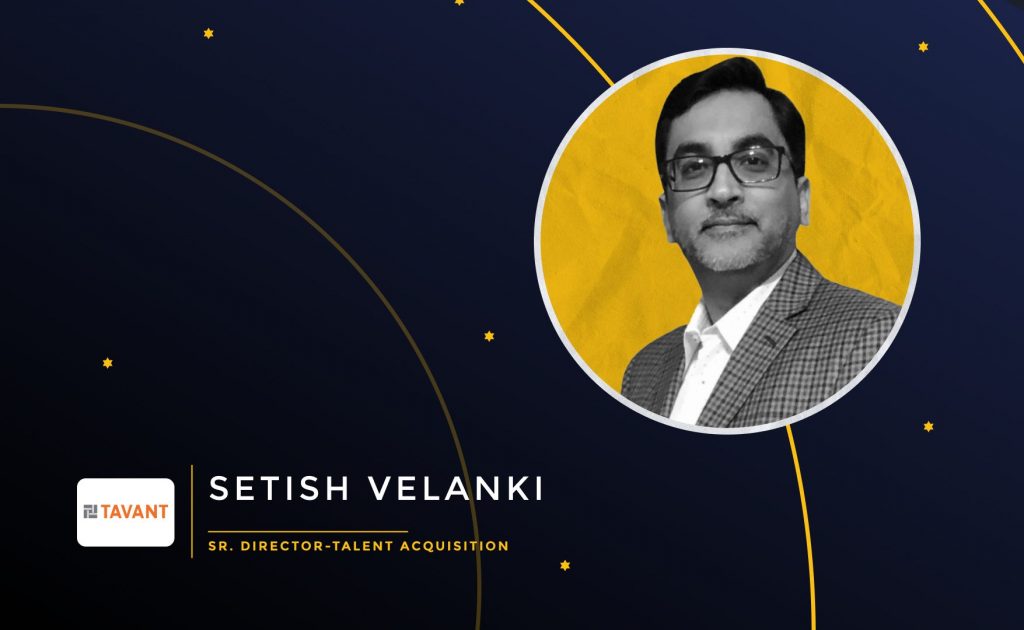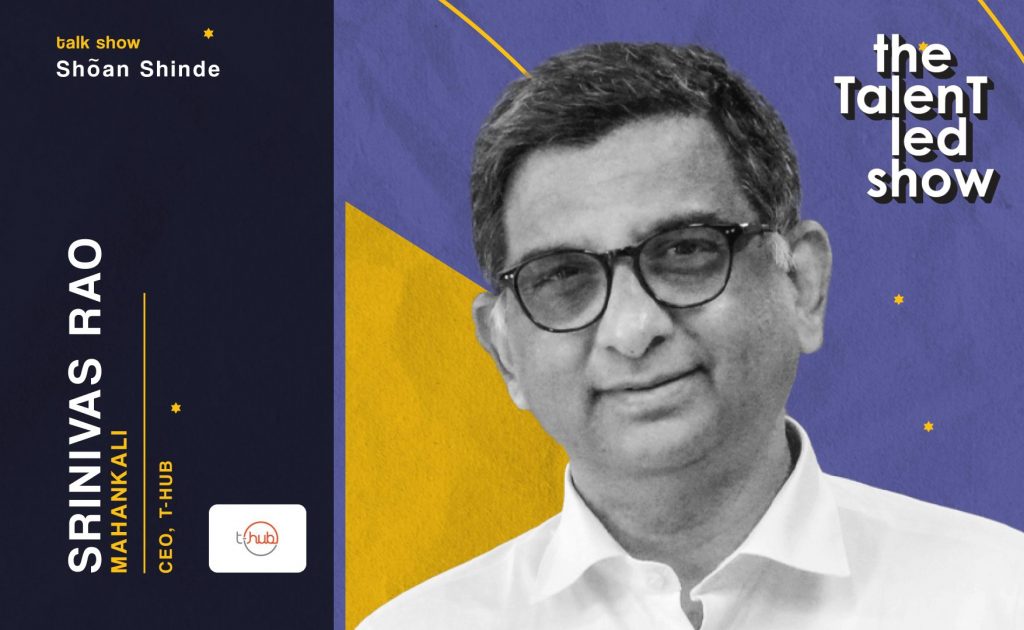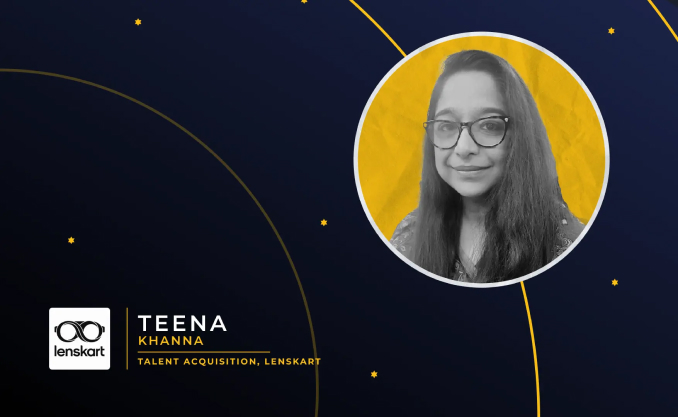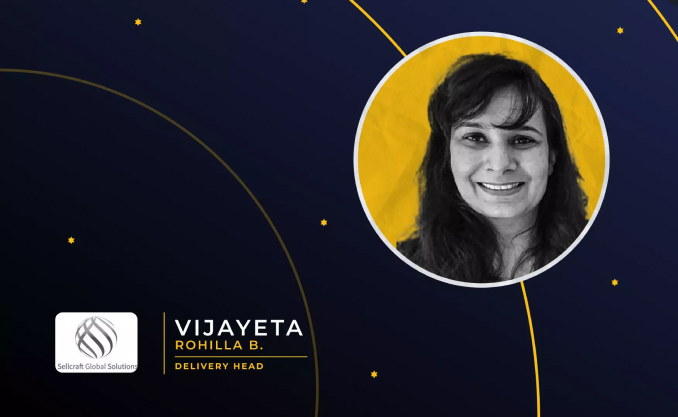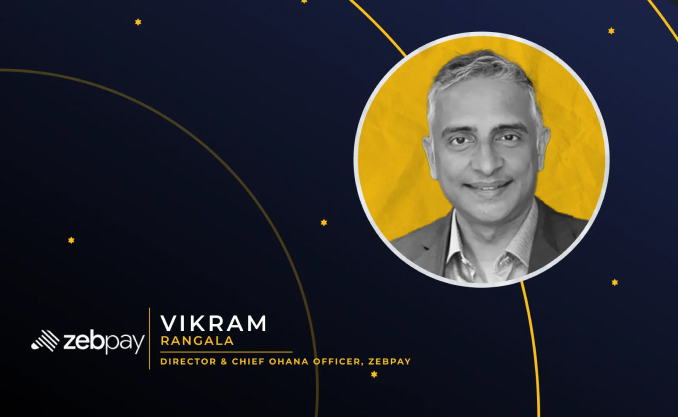With 15+ years of experience in the space of HR, Smita has worked with a number of domains right from hospitality to ITES and the most recent addition to the list is media and entertainment. She has also been a part of major companies such as Hotstar and Netflix. She currently hold the position of CHRO at VIACOM 18.
Smita points out how hiring should be about finding what is missing out in the team and trying to find the right candidate to fit into the part that is missing.
Smita believes that one needs to take a step back and put oneself in a mold to be able to grow in a non-linear path and hence open up to a lot of new opportunities.
Table of contents
- About Smita
- Role of background in promoting diversity and inclusion in the hiring process
- Concept of culture fit in an organization
- Smita as an advisory board member of BlockVerse
- Important touch points while hiring
- Remote hiring and quality sourcing
- Indian market and technology adoption
- Motivating factor as an HR leader
- Promotion of mental health in an organization
About Smita
Smita is an immense supporter of diversity and inclusion. Apart from being an avid supporter, she has also made it a point to practice inclusion and diversity in each and every organization that she has been a part of. Smita started the initial ten years of her career as a business leader within sales and business development across multiple industries. It was after this role that a couple of years later, Smita got an opportunity to be a part of an operational role at Genpact in China. Once Smita returned back to India she got an offer to move to the HR and analytics business in Bangalore. When talking about the latter 15 years in the HR field Smita claims,
“I think the first half was really in business and operations and then 15 years in HR, but also across multiple industries. So I always think of myself more as someone who’s industrial gnostic. I’ve been with consulting and hospitality and telecom and media and media-tech, so different things.”
Smita is also recently more into startups, tech, building teams, and scaling teams. Her last assignment was with HBO Max where the aim was to set them up for the APAC regions. She was also a part of Netflix prior to being a part of HBO Max.
“Being additive to the team” - is key to diversity, says Smita
Smita points out how background plays quite an important role while driving diversity and inclusion in an organization by claiming,
“I think the minute you step back and you do not put yourself in a mold, I think you’re more open to exploring things and you’re more open to following a non-linear path yourself in your head. So I think just the diversity of experiences as an individual and this is not just about me anyway.
I always look for diverse experiences in the hiring process because I think that’s when you are tuned to be a little more open to diversity, even as you look for diversity in people, you get onboard and diversity of experiences, et cetera.”
Smita also claims that she does not expect people to fit into that black-and-white box. Because there is no one size fits all. This mindset is actually a result of the diverse experiences that she carries along.
She also points out how important hiring diverse talent in a team is,
“In the hiring process, one of the things I look for is additive. I call it additive in the sense that you already have people of a certain type but when you’re hiring into a team, what will be added that is not there in the team that we can get on board so that we have a slightly more diverse structure of instruction.”
“Find the keystone” - that completes the arch, emphasizes Smita.
“So I encourage leaders to look at their teams and look at what’s missing. And it doesn’t have to be gender diversity. I think that’s a very early stage of thinking about diversity. It could be cognitive thinking, people from different industries coming in.
I always encourage people to look at people in other industries and not their own industry because you get the same kind of thinking.
Otherwise, if you just limit yourself to the same industry, there could be so many different types of thinking, and background profiles that you can explore, but primarily think of what is additive, what can you add on to make this team a little more diverse.”
Talking more about inclusivity, Smita points out,
“And of course, I always say inclusion comes with diversity supporting the center to stage. You have to have a culture of inclusion because you can get a lot of diverse talent, but getting diverse talent and allowing them to be successful are two completely different things.”
Smita says hence it is only through one’s experience or background that one can clearly understand what diversity and hiring stand at currently and how it can be changed.
“Not like us” - is a great addition to the team, practices Smita
When asked about Smita’s views on candidates being culture fit, she points out,
“I think we’ve all been in an organization where culture fits almost becomes synonymous with is this person going to be like us? Which is absolutely the wrong way to approach it. Because actually, you don’t want to just hire people like yourself.
Removing the bias is a priority because you’ll be biased towards people like yourself as long as you’re cognizant that that’s your natural bias, to be sort of attracted to people like yourself, you should hire.
If we say that this is what the company’s culture is, and we want people who fit into this culture, then we will default to getting people who are more like us. So I think cultural fits should not be seen from such lengths. One of the thoughts while hiring a candidate is whether this person fits in. But that’s completely different from the ideology of inclusion and diversity.
Hence when talking about culture fit, I would encourage people and companies to think of these individuals consisting of the competencies that we require, or the values that we consider important to our organization versus things like the pace of work, could be resilience, but it should not be that this person thinks looks, or speaks like us. I think that’s the difference between looking at culture fit in a constructive way or negative way.
If it’s in a negative way, I actually call it more like Cult Fit. You’re not looking at getting people into a cult. We’re getting people into a culture. What that means is what should define the culture of a company. So that does not mean the culture is based on what one thinks, looks or speaks instead it is the behavioral approach of an organization as a whole.”
“BlockVerse has its focus on diversity which is an interesting problem statement” - claims Smita as she joins in as the latest board advisor for BlockVerse.
At some point, you want to look at how you leverage your experience and give back to a purposeful endeavor that is close to your heart. I think that’s close to my heart with BlockVerse is the huge focus on diversity and I think it’s an interesting problem statement they’re trying to solve. So they’re trying to solve a couple of things.
One is we all know that there is a massive wall for talent in the tech space, right? Within the tech space, there’s a bigger dearth of talent which is available and ready to deploy when it comes to web 3.0 skills, which is your blockchain technology, AI, and so on and so forth.
And then you think of another problem statement, which is women in tech, which we’ve all heard of in any organization. It’s very hard to find women in tech positions BlockVerse is trying to address, how do we get in ready to deploy talent? Because we know there’s a gap between the education and deployability of talent.
Very often we churn out in this country, thousands of engineers every year, but the degree versus employability, there is a gap. So how do we bridge that gap? Through very focused upskilling, we also bring women from tier two, and tier three cities as well into the workforce.
So I think all of these problem statements are very interesting and very meaningful to address. So I’ve always been very passionate about diversity. I will say this is the first level of diversity, but it’s also a very critical piece, especially in the tech space where you tend not to see as many women in tech, which everybody’s trying to solve for, but this is solving for it in a very focused, structured way. I actually think it’s a fascinating set of problems that the organization is trying to solve. So when they reached out to me, I was more than excited to jump on board and help.
“There is a recent shift in the ways we work and the paradigms of how we work” - states Smita while mentioning how we can attain a global workforce.
Yeah, I think we should do everything we can. While we talk of India specifically as a country that has the youngest working population and will have the volume that is needed, if we don’t engage in tier two, and tier three, how do you leverage or ride on some of the new ways that we are seeing? There are some new ways, the shift in the ways of working, and the paradigms of how we work. I think there is engagement and I think everybody wants to come in and work.
So, people are literally working from anywhere. So right now, we will see a cycle and we are seeing that a number of people in the metro are going back to hometowns, et cetera because they’re able to do that because they can work from anywhere. And this also means that you are able to access a broader, wider talent pool.
How you tap that talent meaningfully will be a function of several things, including what are the policies surrounding the way you want your workforce to work.
I’ve seen that across organizations in my role, there’s a tendency for people from tier two, tier three cities, or I would say, women, not being stereotypical but there is more retention and more stickiness of employees who comes from those talents.
“Remote hiring is a combination of art and science” - Art indicates the virtual process and even if it gets affected, it can be solved using technology which is the science part of hiring.
Remote hiring was quite prominent during the COVID times. Now, having said that, is hiring as effective? Are there chances of more wrong hires? I would say yes, that does go up. So, I think we need to be able to think more about what is it we can do to improve the selection of candidates. From sourcing to selection, how do you do that better? And in that, I would say how do we use tools, tests, and digital formats better? Many new formats just routed up, given this time, whether it is the first online psychometric tests or evaluations based on video recordings.
So I think it’s an opportunity for us to leverage some of these and accelerate the use of digital products and solutions a lot more.
When we are hiring remotely, a lot of processes are conducted digitally, and our willingness to embrace and use technology has really scaled up massively.
And I think that’s the same thing for us to be able to recruit and use technology a lot more effectively to reduce the margin of error, I mean, we make errors even on face-to-face hiring. It’s an art and a science, right? So I would say that maybe the art gets impacted a little bit when it’s a virtual process, but you can use science by taking charge of technology to compensate for it.
And actually, you may come out in a much better place using technology and hence get effectively better solutions.
“Organizations need to be nimble enough to be able to go ahead with transition in technology.”
I don’t think India is behind or forward in terms of the adoption momentum. I think we’re pretty much similar to the rest of the world. I would segment it as I think the startup ecosystem has been the bigger institutions and bigger organizations which I think works slower to adopt because it takes time to move from a legacy hiring system to a more experiment with new technology.
So, some of the bigger organizations would use Lever and Workable. But there are lots of startup organizations I know and I’ve been part of as well, which have had their own bespoke hiring technology or ATS or are quick to adopt the hiring system that is in the market startup phase. You need to be efficient. You also need to be nimble enough to be able to go ahead with the transition. There are also organizations that pick up one hiring technology or ATS and once they find out that this doesn’t work for us, they move on to the next one. So my take is that it’s not India that is behind in this race.
“The health of the organization” - not just physical health but also the overall metrics involved plays an important role states Smita
15-16 years back, HR was seen as administrative, more of a gatekeeper, more of a compliance function. And I think that’s changed now. And for me personally, I just think the range of work that you do, the spectrum of work that you do as an HR professional is very, very fulfilling. So you are pretty much called upon to do and should be doing strategic business partnering, thought leadership, a sounding board for the C suite, and leaders that partner with but you are also called upon to be responsible for the health of the organization.
When I mean the health of the organization, I don’t mean just physical, but I mean the overall.
When I look at organizations, I always look at them as smart organizations, which are all about metrics, profitability, sales, the healthy side of the organization, which is engagement and how fulfilled people are in their work, and how much they relate to the purpose of the organization. That’s because HR plays a very important role across dimensions, whether strategic partnering on things like old design roles, responsibility, performance, or management, but it’s also making sure that the organization and it’s also executing and operationalizing in partnership with different COEs within functions and of course, the business itself on some of the rollouts that are planned.
I think what’s meaningful for me and why I love being in the function and I’ve been here now for almost a couple of decades is just the range on the spectrum. There’s never a dull moment. I think HR folks are called upon to be creative, to be innovative, to be nimble, to be able to flex, and put on different hats. The hats we put on in COVID were something that was unprecedented.
So I really think that if somebody likes to do a range of things and is able to flex and adapt quickly to changing environment and changing needs of the organization, it’s a great place to be. It’s not as specifically cut out as sales will do and data scientists will do this. And this role is a great opportunity for people who love what they‘re doing and are very happy going deep and doing that one thing versus people who like to have a range of things to do.
“All of us need mental health support” - Smita claims it's not a mandate instead it is an open environment where everyone can reach out to support others.
I shy away from mandates because I think you have to create an environment that is conducive vs mandating. Mandates don’t really help you on the point because you can’t force people. But if you create an environment that is open and inclusive to real challenges people are facing and I really think today, whether it’s in the organization or in the broader work ecosystem or our broader lives, everybody faces some kind of mental health issues at some point in their lives. It’s just a lot that is going on. Our environment is as such, where we are bombarded with so much more these days than ever before and it can feel overwhelming. So, mental health gets affected when somebody’s feeling overwhelmed about something and that happens pretty often. So 100%, I think it’s a very key watch out, considering that we spend most of our lives at work during the day and even otherwise. And a lot of the overwhelm and stress can come out of work. I’m not saying it only comes out of work, there are personal issues everybody is dealing with as well.
So I think role modeling and showcasing and providing an environment where it’s okay to feel like you’re having bad days and you’ll still be sort of okay calling it out of the organization and getting the support that is required.
I know lots of organizations, and we have a lot of resources and help and support, but it’s not used right, and sometimes it’s not used because of their filler stigma of feeling that you need mental health support.
And the fact is that all of us need mental health support.
I continue to reach out for support when I need it, and I think that’s really important to showcase and embrace that reality for all of us.


